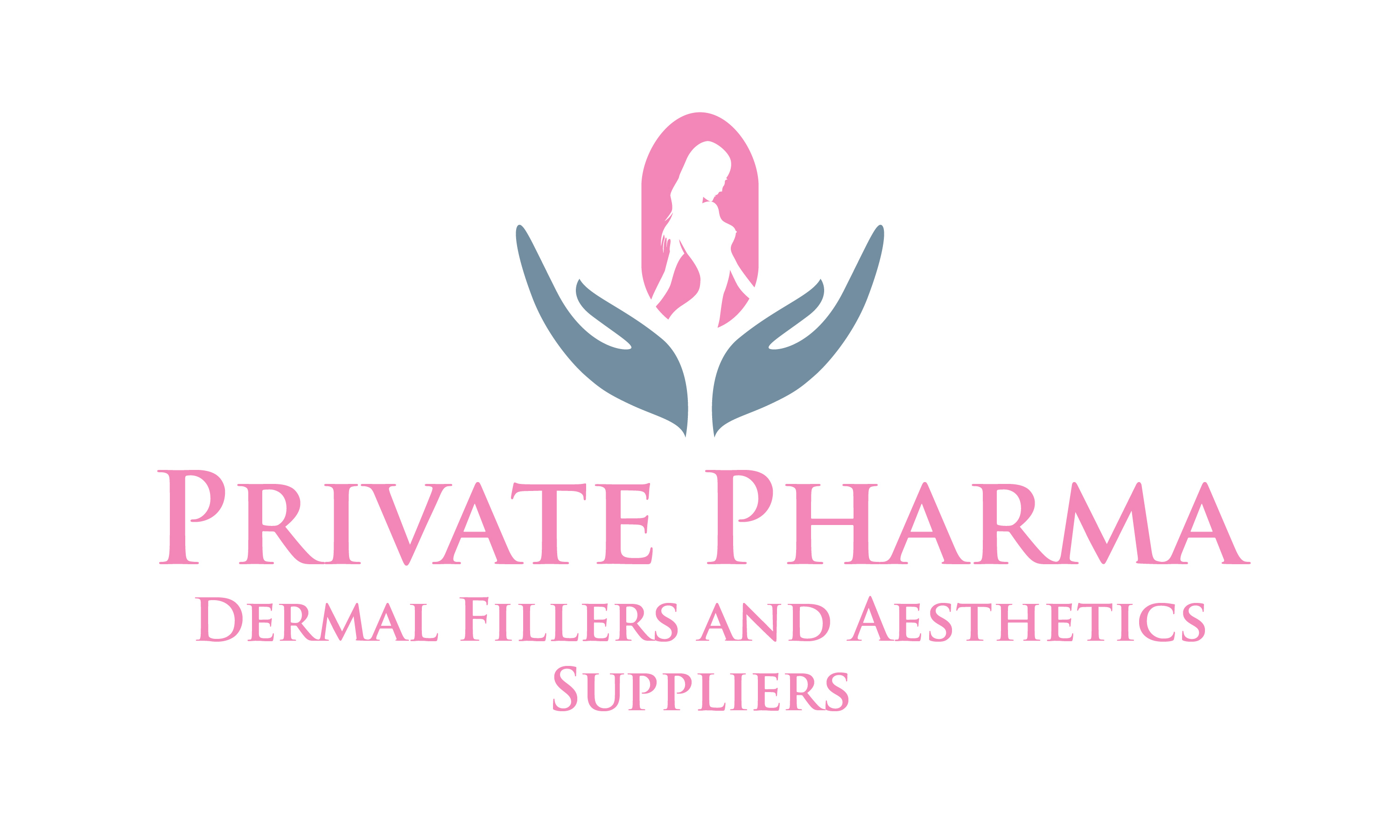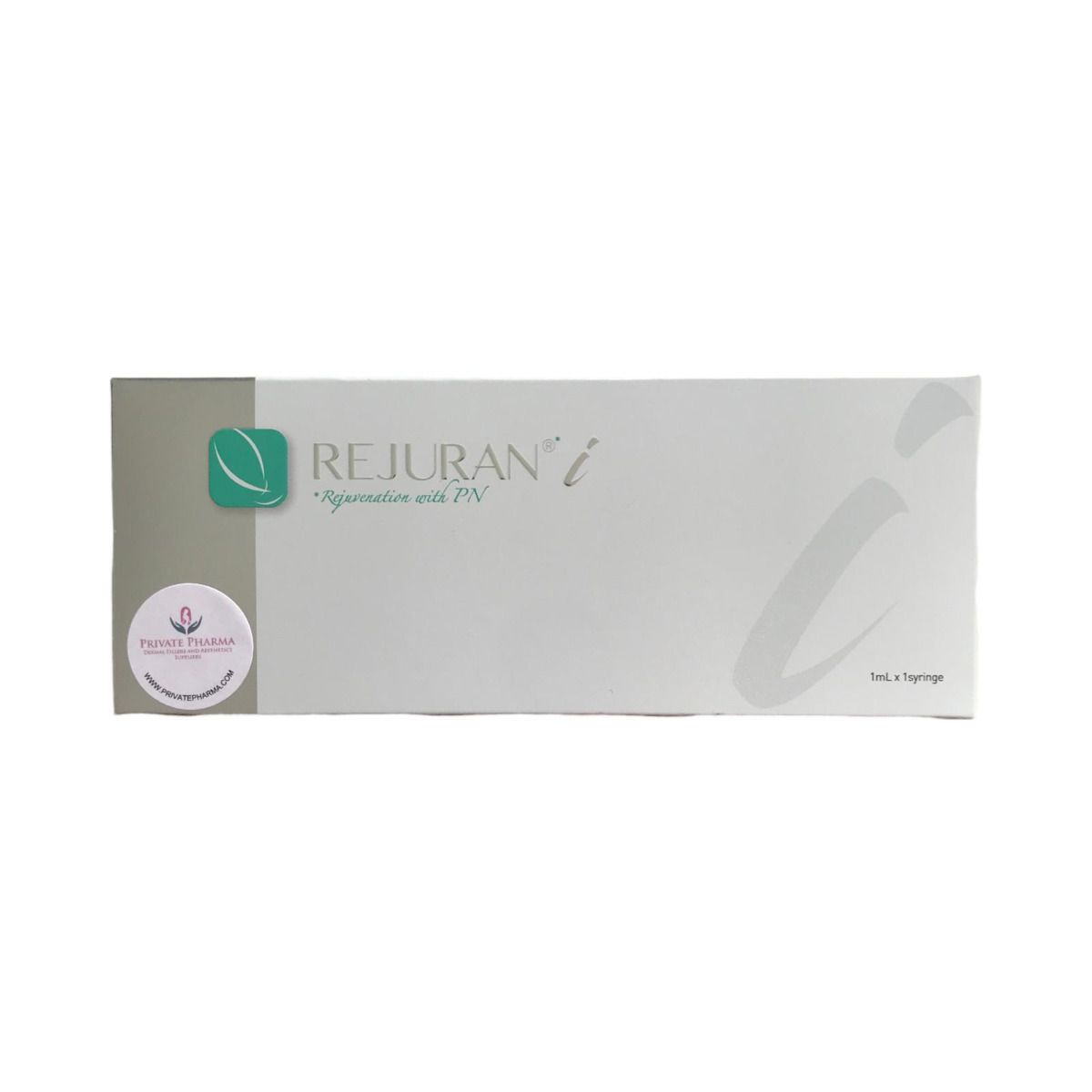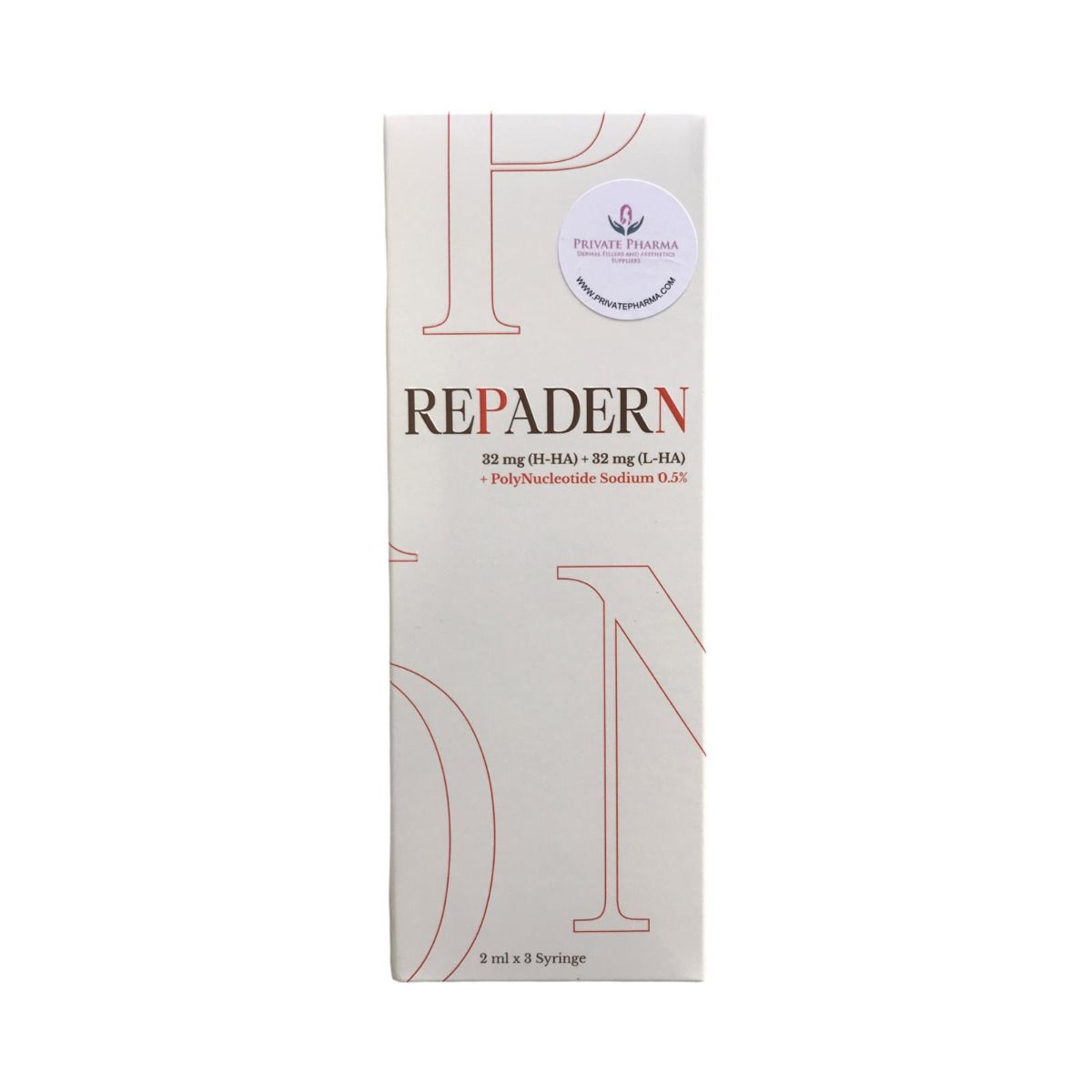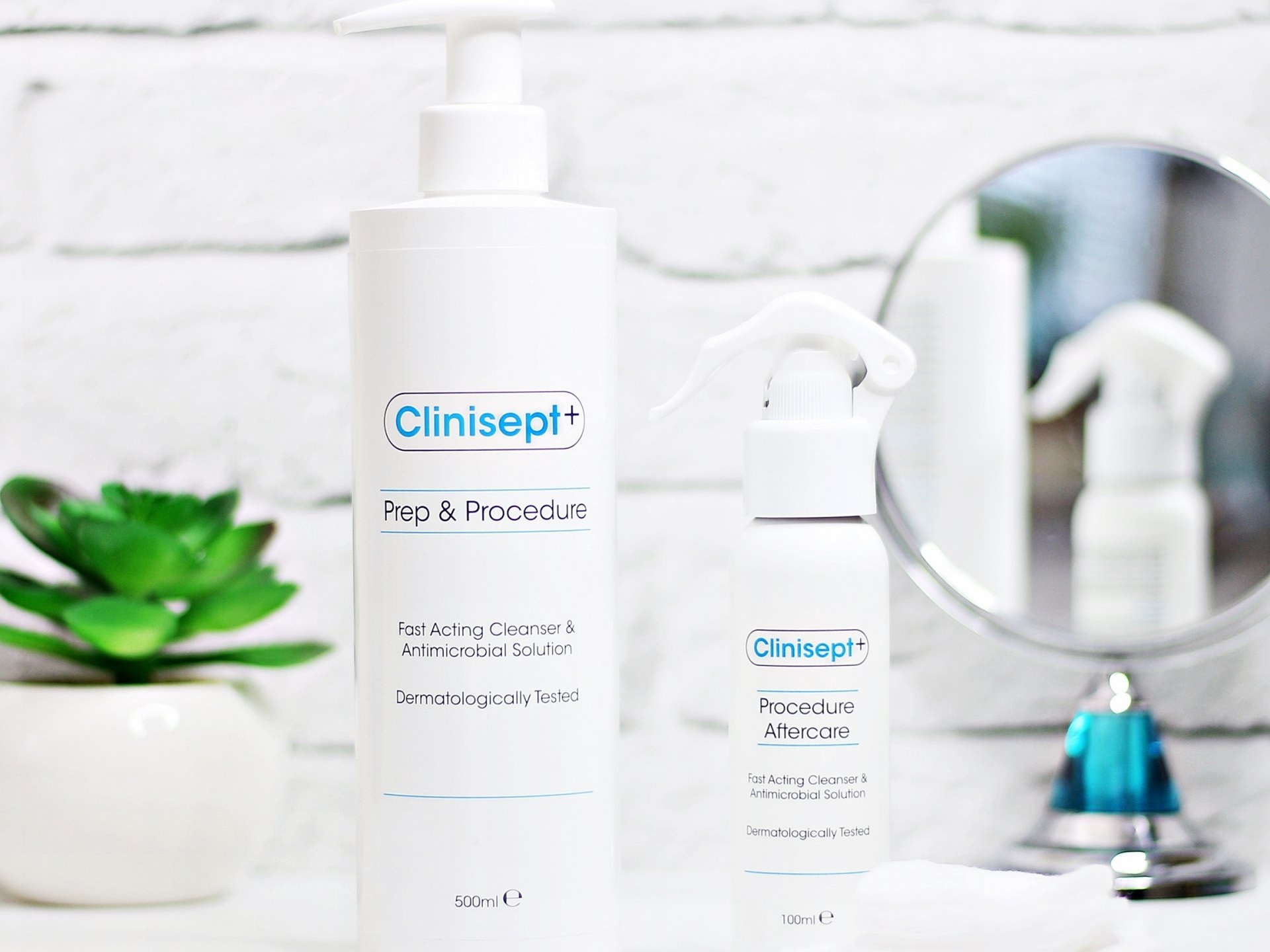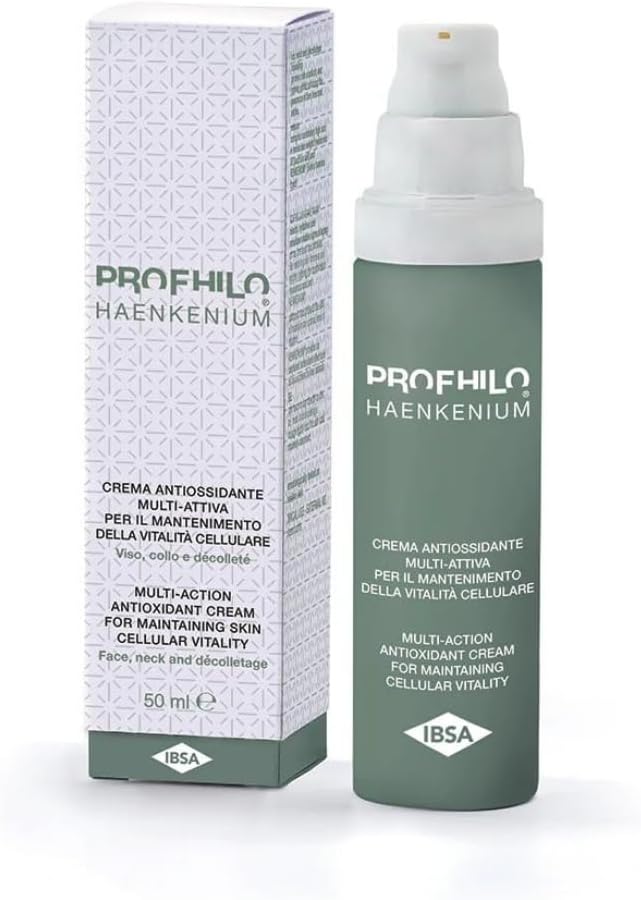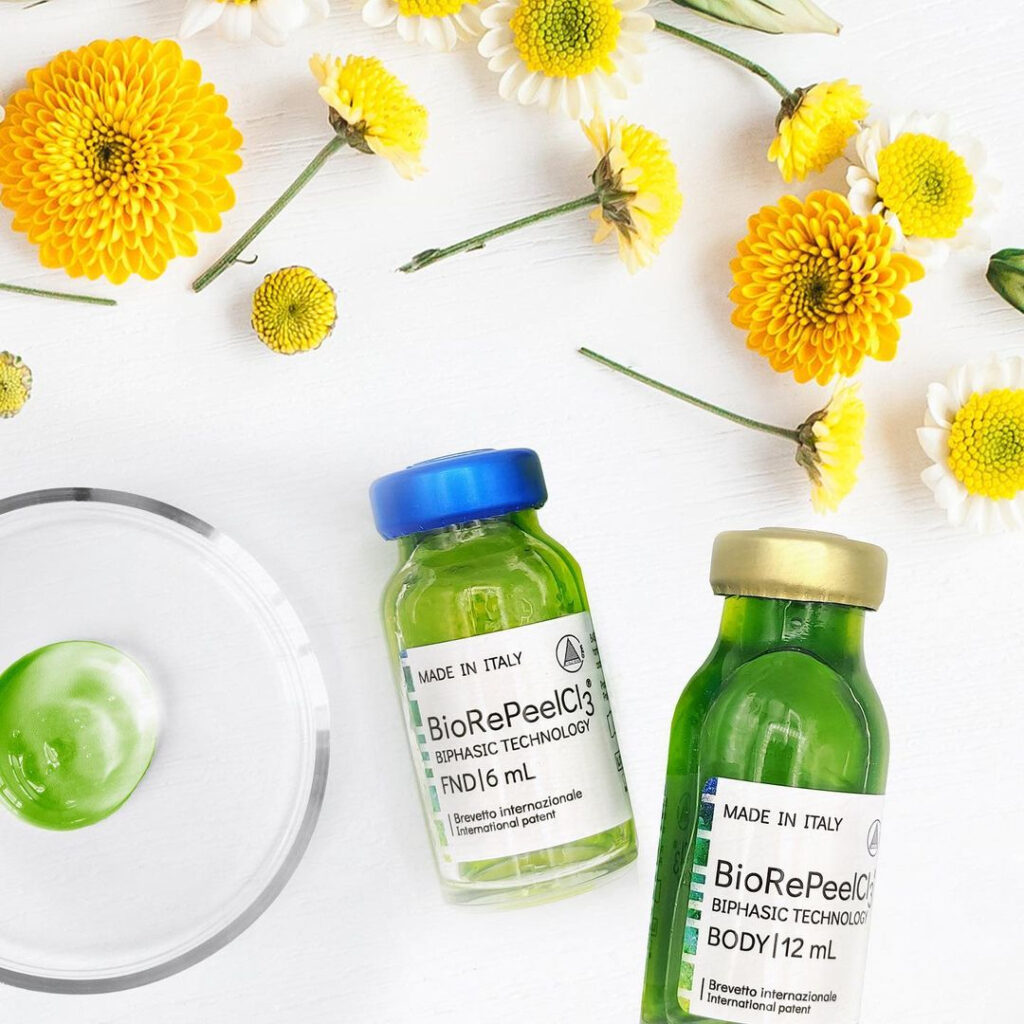
What is Polynucleotide Treatment?
As more people lean towards natural options in their cosmetic routines, polynucleotide treatment is becoming a rising star in aesthetic clinics. This treatment taps into the power of DNA fragments sourced from salmon to stimulate positive changes in the skin. When these polynucleotides are injected, they send specific signals at a cellular level, prompting the skin to behave in ways that enhance its appearance and health. Here's what you can expect from polynucleotide treatment:
- Fresher-looking skin: Boosts cellular turnover, revealing a more radiant complexion.
- Reduced skin laxity: Stimulates elastin production, making the skin firmer.
- Smoother skin: Diminishes the look of fine lines and wrinkles.
- Improved brightness: Enhances micro-circulation, giving your skin a healthy glow.
- Reduced dark circles: Lightens under-eye areas.
- Increased hydration: Keeps skin well-moisturized.
- Plumper skin: Reduces hollowness, especially under the eyes.
How Are Polynucleotides Different from Dermal Fillers?
While dermal fillers, typically made from a synthetic version of hyaluronic acid, work as implants to volumize and hydrate the skin, polynucleotides offer a different approach. Fillers can work wonders for certain skin concerns, but they're not always the right choice. For instance, if someone has a tired, hollow under-eye area, they might not be the best candidate for fillers due to issues like thin skin, dark circles, or puffiness. In such cases, polynucleotides might be a better fit, as they can firm and rejuvenate the skin without adding unnecessary volume.
Can Polynucleotide Treatment Be Combined with Other Treatments?
Absolutely! Combining polynucleotide treatment with other procedures like dermal fillers, anti-wrinkle injections, RadioFrequency Microneedling, or Profhilo often delivers the best results. This multi-faceted approach can help you achieve a more comprehensive skin rejuvenation.
How Many Treatments Will I Need?
For optimal results, it's typically recommended to start with two treatments spaced 2-4 weeks apart. To maintain your results, a top-up session every 9-12 months is suggested. Unlike dermal fillers, which provide immediate results, polynucleotides require a bit of patience, with the best effects appearing 2-3 months post-treatment.
What Does the Procedure Involve?
The polynucleotide treatment process is relatively quick and straightforward. After a thorough consultation to ensure you're a good candidate, you'll be briefed on the procedure, potential downtime, and expected outcomes. On the day of the treatment, your skin will be cleansed, the target areas will be marked, and a few small injections will be administered. Typically, a cannula—a flexible, blunt needle—is used to minimize the number of injections and reduce trauma to the skin. While the procedure can be uncomfortable, any discomfort is usually short-lived.
After the treatment, your skin might appear red, bumpy, and slightly swollen for about 3-5 days, and you may experience some bruising. It's best to avoid this treatment if you have any major events coming up. You can return to your normal activities right away, but it's advised to keep the treated area clean and steer clear of strenuous exercise, swimming, or sunbeds until it's fully healed.
Private Pharma have the latest in Polynucleotide products in inlcuding Rejuran
